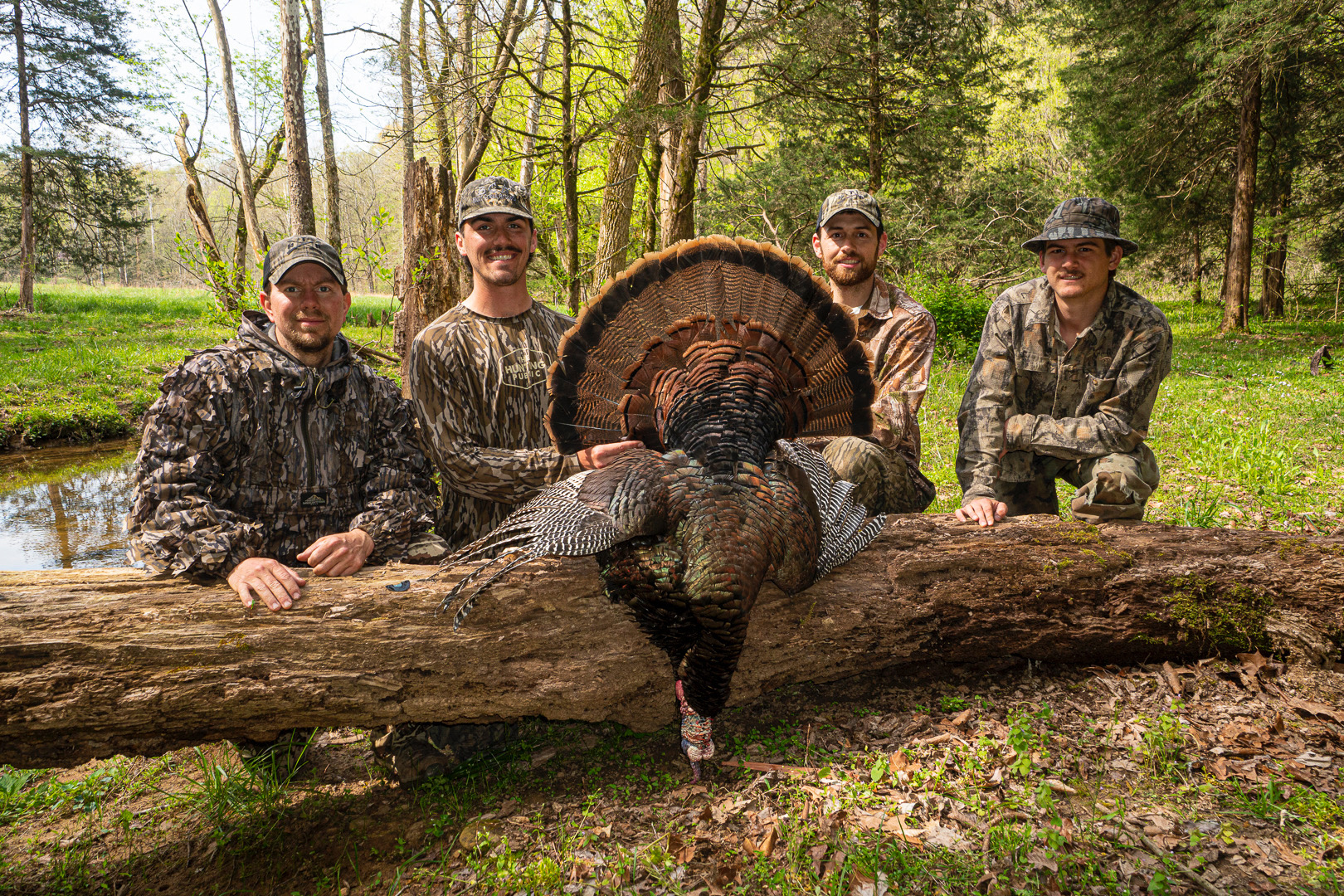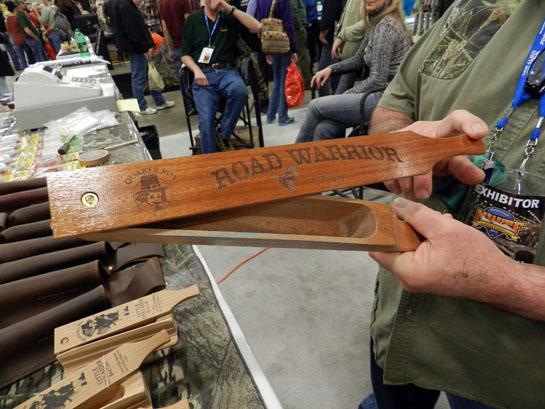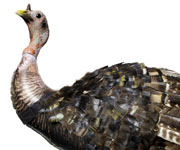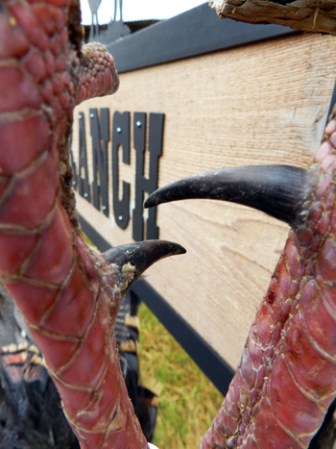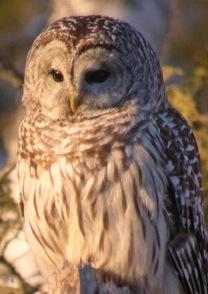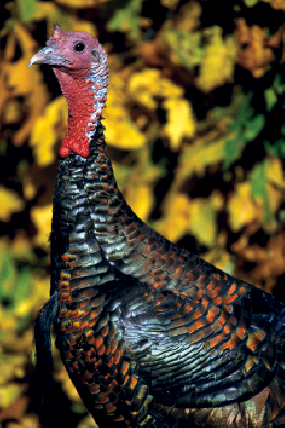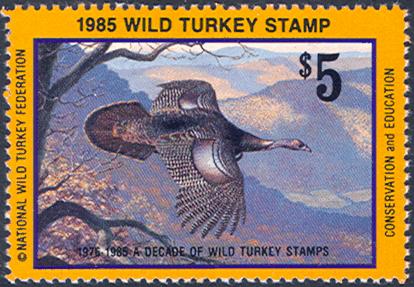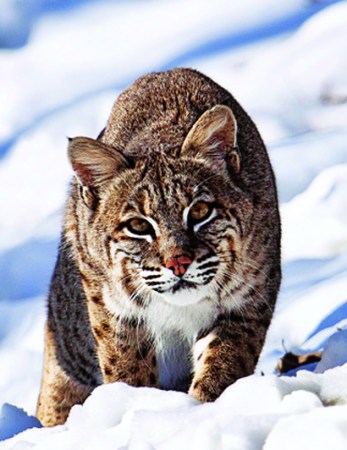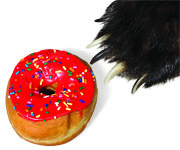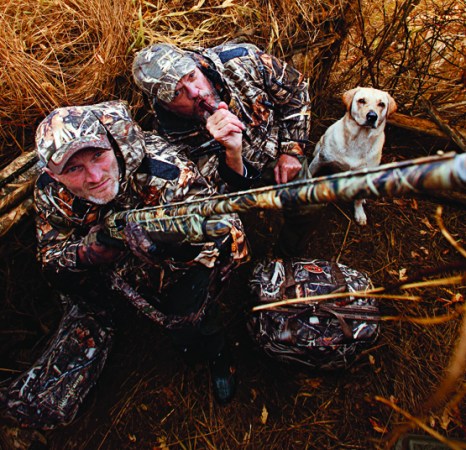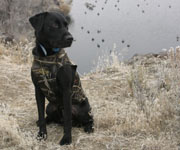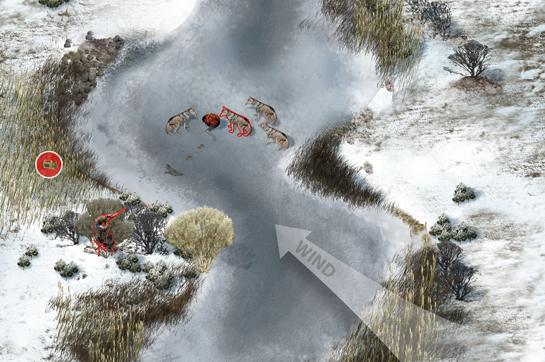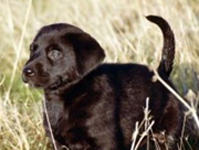Every February I start watching turkey hunting videos on YouTube to get amped up for the spring season. A lot of times I see hunters move in on toms that are gobbling, but won’t come into shotgun range. Or toms will gobble hard on the roost, but clam up after flying down. Often, the hunter gets up, changes his set-up position, and kills the tom. It looks easy. In reality, you have to consider several factors before cutting the distance on a spring tom (and make sure you check state regulations to make sure it’s legal).
The guys from The Hunting Public are often aggressive about getting tighter on hung-up turkeys in their videos. It may look like they are charging in with reckless abandon at times, but that’s usually not the case. They are actually taking their time, and only moving in when the conditions are right, and they’ve done their homework.
THP’s Aaron Warbritton gave me the lowdown on how he approaches a hung-up gobbler. Here’s what you need to know before making your next move on a longbeard that won’t budge.
1. Get on Their Level
One of the most common mistakes hunters make is thinking about hunting from a human perspective. In order to kill your quarry with more consistency, you must consider their habits, and what the forest looks like from their vantage point. Before Warbritton ever puts a move on a turkey, he takes a knee so he can see what a turkey sees and get the lay of the land.
“I think a lot of times we either forget or don’t think about the fact that we are tall and turkeys are not,” Warbritton says. “They see the world differently than we do. A spot that looks good from your vantage point might not look the same for a turkey, so get down on their level more often and it will help you better understand how they move.”
2. Turkey Stalemate
Sometimes a tom will gobble in the same spot for a long time, and never move any closer to you. Or it may gobble on the roost, fly down, and never make another peep. These are both situations where you should try to move closer to a longbeard. But give it time. Make absolutely sure he is not moving toward you before making your move. Warbritton listens for hens. If he can hear them yelping and scratching in the same vicinity as the tom he is after, then it’s likely that bird is henned up and not coming any closer.
3. Don’t Go Silent
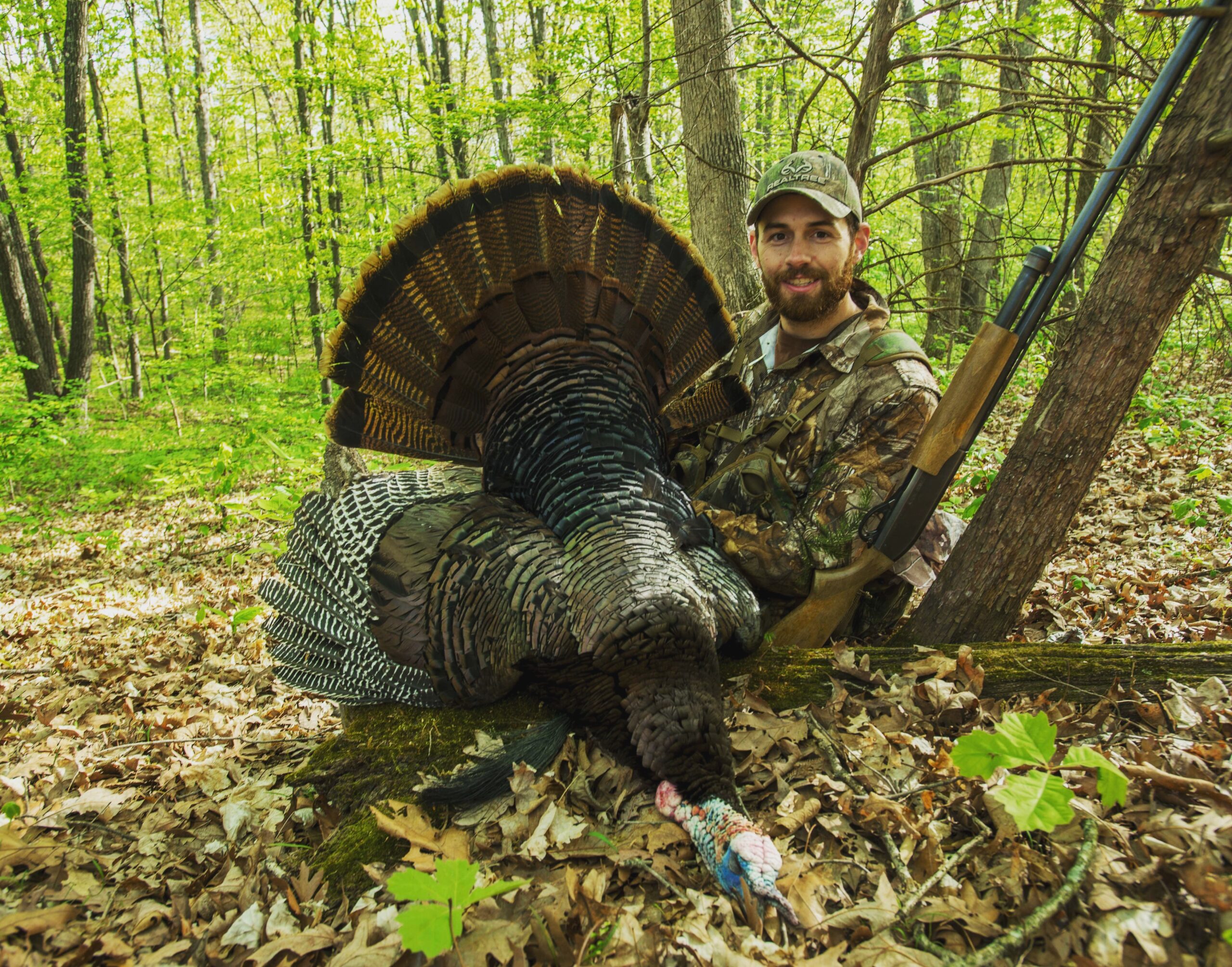
When you’re moving in on a gobbler it’s important to keep tabs on his location. Every 50 or 100 yards, you need to stop, lean up to a tree, and either scratch your pot call or make an owl hoot or crow call. This should get a response from the tom, so you know where he is.
“If you go quiet, you could bust that tom because he might have been making his way towards you,” Warbritton says. “Also, if a tom has hens with him he’s not going very far, so you have plenty of time to make your way to him. That’s not always the case, but I would say in most instances he’s going to be in the same area, so you don’t need to rush in there.”
Also, if you are walking in on a turkey, and you see turkey sign—footprints and scat—that’s a good place to stay put and call, because it’s an indicator that turkeys have been active in that area. If Warbritton sets up in a place that has an abundance of sign, he will hold tight longer even if a gobbler hangs up.
“I’ll give it and extra 15 or 20 minutes,” he says, “because I know the birds have been in there, and there is a good chance they will come back to that spot if I am patient.”
4. Elevation Changes Are Your Friend
Before you ever go into an area, look at a topographic map (onX Maps is ideal) so you know about the high and low points where you’re hunting. This will help you figure out the best ways to stay concealed if you have to stalk in on a hung-up tom. Warbritton likes to use creeks to sneak up on turkeys because they are lower than the forest floor, which keeps him better concealed from sharp eyes. He also will call from higher ground so he can more easily pinpoint a gobbler’s location.
“It’s also a lot easier to get close to a turkey later in the season because there’s so much more cover in the woods,” Warbritton says. “Early season, the forest is still pretty barren but in April and May, it’s starting to green up. But that can be a catch-22, because with so much more growth, your shooting windows can get a lot tighter.”
Read Next: The 7 Reasons You’re Not Killing Turkeys on Public Land
5. Patience Kills Stubborn Gobblers
You’re never going to kill a turkey on “your schedule.” Take your time. If you rush in on a tom, he will bust you. Also, the more ground you cover and the slower you move, the more you are going to learn about where turkeys want to be. That will allow you to target them in more places and up your odds of success.
“When I was young, I wanted to get out there early and kill birds right off the roost,” Warbritton says. “We still do a fair amount of that, but we kill more turkeys now later in the morning. If you take your time, you’re going to learn more about the habits of turkeys and that is only going to make you a better hunter.”

